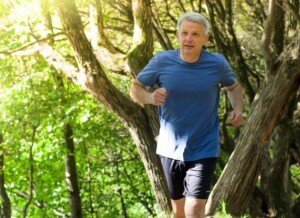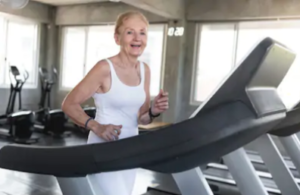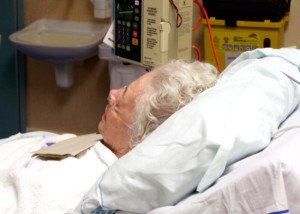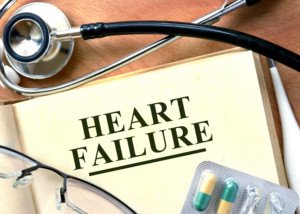
How effective can exercise be at raising ejection fraction?
What else can raise ejection fraction other than exercise?
“There are some patient populations where ejection fraction is modestly increased with regular exercise,” says Norman E. Lepor, MD, cardiologist and internal medicine specialist Norman E. Lepor, MD, who’s with Cedars Sinai in Beverly Hills, CA.
“The benefits in terms of quality of life and an increase in exercise tolerance are achieved by increasing skeletal muscle efficiency and lung function more than it will increase ejection fraction.”
Other Ways to Raise Ejection Fraction
“Increasing ejection fraction can be accomplished by avoiding potential cardiotoxic substances such as alcohol and tobacco,” says Dr. Lepor.
“Patients with reduced ejection fractions (cardiomyopathy) can also increase their ejection fractions through the use of medications such as beta blockers and aldosterone antagonists.”
Recommended Types of Exercise
“A mix of moderate aerobic exercise regimen (power walking, jogging, bicycling, swimming) and moderate isometric exercise (weight training for tone, not mass) are best to enhance muscle efficiency, lead to weight loss, reduce insulin resistance or tendency to develop diabetes and improve cholesterol levels.

Shutterstock/Interpass
“People with low ejection fractions from weak heart muscles are much more likely to increase their ejection fractions with exercise and medical therapies than those who have sustained permanent damage to heart muscle from myocardial infarctions or heart attacks.”
Can an elderly person increase ejection fraction with only exercise — NO drug therapy?
Dr. Lepor explains, “Exercise has been shown to increase ejection fractions in some patients, such as those who have had heart attacks who are in a cardiac rehab program.
“It would be very unusual for a patient who has a low ejection fraction to normalize with exercise alone.
“In cases where the cardiomyopathy is related to certain noxious compounds such as alcohol abuse, abstaining from alcohol use can lead in some cases to normalization of ejection fraction.
“One cannot expect someone with a very low ejection fraction to normalize without drug therapy and lifestyle modifications including exercise and smoking cessation
“It is very important to understand the precise cause of the mild CHF to know if it can be reversed with exercise.
“Common causes of CHF in this country include coronary artery disease, hypertension, valvular heart disease, viruses, alcohol.
“So ignoring treating the primary cause will limit the benefit from interventions such as exercise.”
How to Correctly Use a Treadmill for Exercise

Shutterstock/Credit: This Is Me
The first inclination for many new users of a treadmill, particularly elderly people, is to cling onto the front bar or side bars.
But think about what this really means: mimicking using a walker.
If you’re able bodied (don’t rely on a cane or walker), but then step onto a treadmill and hold on during your walking session, you are performing BELOW baseline walking ability. This will downgrade you, not upgrade you.
In the activities of daily living, a person with chronic heart failure but without mobility handicap will not hold onto anything for support while walking from point A to point B.
Sure, he or she may pause to catch their breath here and there, but actual mobility is not impaired. Hence, there is no need to hold onto a treadmill.
To hold onto a treadmill means to regress your ability to balance and to “unteach” your body in efficient walking.
Start out at a slow speed. It’s amazing how many older people will put a treadmill at its highest incline and the speed at a fast clip, then hold on tight and claim they’ll fall off if they don’t.
Use a zero or small incline and a SLOW speed, and do NOT hold on.
This is the only way to resemble actual walking.
Holding on can lead to repetitive stress injuries in the hips and shoulders, and can lead to forward posture.
Gradually build up your confidence by increasing the speed in small increments over time.
An arm swing burns more calories and is the natural way to walk — and this rule applies to people with low ejection fractions or chronic heart failure who want to employ exercise therapy.

Having performed over 4,000 coronary angiograms and angioplasties, Dr. Lepor has focused on prevention and treatment of coronary heart disease.
 Lorra Garrick has been covering medical, fitness and cybersecurity topics for many years, having written thousands of articles for print magazines and websites, including as a ghostwriter. She’s also a former ACE-certified personal trainer.
Lorra Garrick has been covering medical, fitness and cybersecurity topics for many years, having written thousands of articles for print magazines and websites, including as a ghostwriter. She’s also a former ACE-certified personal trainer.
.


























